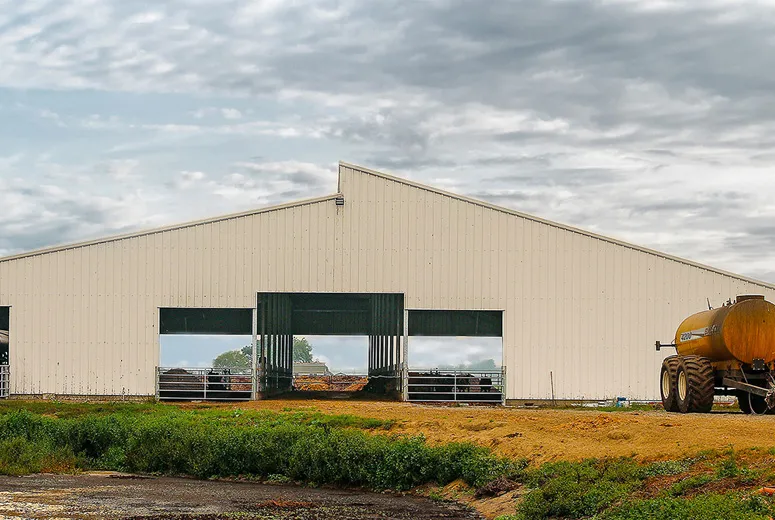- Afrikaans
- Albanian
- Amharic
- Arabic
- Armenian
- Azerbaijani
- Basque
- Belarusian
- Bengali
- Bosnian
- Bulgarian
- Catalan
- Cebuano
- Corsican
- Croatian
- Czech
- Danish
- Dutch
- English
- Esperanto
- Estonian
- Finnish
- French
- Frisian
- Galician
- Georgian
- German
- Greek
- Gujarati
- Haitian Creole
- hausa
- hawaiian
- Hebrew
- Hindi
- Miao
- Hungarian
- Icelandic
- igbo
- Indonesian
- irish
- Italian
- Japanese
- Javanese
- Kannada
- kazakh
- Khmer
- Rwandese
- Korean
- Kurdish
- Kyrgyz
- Lao
- Latin
- Latvian
- Lithuanian
- Luxembourgish
- Macedonian
- Malgashi
- Malay
- Malayalam
- Maltese
- Maori
- Marathi
- Mongolian
- Myanmar
- Nepali
- Norwegian
- Norwegian
- Occitan
- Pashto
- Persian
- Polish
- Portuguese
- Punjabi
- Romanian
- Russian
- Samoan
- Scottish Gaelic
- Serbian
- Sesotho
- Shona
- Sindhi
- Sinhala
- Slovak
- Slovenian
- Somali
- Spanish
- Sundanese
- Swahili
- Swedish
- Tagalog
- Tajik
- Tamil
- Tatar
- Telugu
- Thai
- Turkish
- Turkmen
- Ukrainian
- Urdu
- Uighur
- Uzbek
- Vietnamese
- Welsh
- Bantu
- Yiddish
- Yoruba
- Zulu
Ott . 17, 2024 06:24 Back to list
The Evolution and Significance of Steel Arch Buildings
Steel arch buildings represent a remarkable intersection of art and engineering, characterized by their elegant structures and impressive strength. From warehouses to sports arenas, these architectural forms have transcended traditional construction methods, showcasing the versatility and durability of steel as a primary material. Understanding the evolution, characteristics, and applications of steel arch buildings can illuminate their importance in modern architecture and engineering.
Historical Context
The use of arches in construction dates back to ancient civilizations, where stone and brick were predominantly employed. However, the introduction of steel in the 19th century revolutionized architecture and engineering practices. The development of steel manufacturing processes, especially the Bessemer and open-hearth processes, led to stronger and more affordable steel, paving the way for its use in large-span structures.
By the late 19th and early 20th centuries, engineers began to harness the capabilities of steel in arch designs for various applications. One of the most iconic examples is the Sydney Harbour Bridge, completed in 1932, which features a steel arch design and remains a testament to the engineering prowess of its time. As industrialization progressed, the need for expansive buildings, particularly in the manufacturing and warehouse sectors, made steel arch buildings increasingly desirable.
Structural Advantages
Steel arch buildings are distinguished by their unique shape and structural efficiency. The arch design inherently distributes weight and load more evenly, allowing for vast open spaces without the need for numerous support columns. This feature is particularly advantageous in applications such as sports arenas, concert halls, and warehouses, where unobstructed interiors are essential.
Furthermore, steel's strength-to-weight ratio is unparalleled, making it a cost-effective solution for constructing large spans. Unlike traditional materials like wood or concrete, steel inherently resists deformation under load. This characteristic ensures the structural integrity of arch buildings, even in harsh environmental conditions such as heavy snow loads or high wind velocities.
steel arch buildings

Another significant advantage is the speed of construction. Steel components can be prefabricated off-site, allowing for quicker assembly on location. This efficiency is critical for businesses that need to minimize downtime during construction.
Modern Applications
Today, steel arch buildings are used across various sectors, including commercial, industrial, and recreational spaces. In commercial construction, retailers and large warehouse operations often opt for steel arch designs to maximize usable space. For instance, many agricultural facilities utilize steel arch buildings to house equipment, livestock, and crops. Their expansive interiors accommodate the operational needs of modern farming.
In recreational facilities, steel arches are favored for their aesthetic appeal and functionality. Sports stadiums and indoor arenas leverage the arch's design for both acoustical advantages and spectator sightlines. The smooth, curved lines of an arch create visually striking profiles that enhance the overall experience for visitors.
Moreover, steel arch buildings are increasingly used in sustainable construction. With the push towards eco-friendly practices, many architects are integrating steel structures with green technologies, such as solar panels and green roofs. The durability of steel also means that buildings can be repurposed or recycled at the end of their life cycles, aligning with sustainable development goals.
Conclusion
Steel arch buildings exemplify the blend of innovative design and practical functionality. Their ability to deliver expansive, unobstructed spaces while maintaining structural integrity makes them a preferred choice for various industries. As the construction industry continues to evolve, steel arch buildings will likely play an increasingly prominent role in shaping the architectural landscape. As we look to the future, embracing the refined techniques and materials available will ensure that these impressive structures remain at the forefront of modern design and engineering. Through ongoing advancements, steel arch buildings will not only meet the needs of current generations but also pave the way for future innovations in construction.
-
Cold Formed Steel Residential Framing
NewsMay.21,2025
-
Innovative Steel Structure Building Solutions
NewsMay.19,2025
-
Innovative Prefab Metal Shed Solutions
NewsMay.19,2025
-
Durable Steel Horse Shelter Solutions
NewsMay.19,2025
-
Durable Metal Shed Solutions
NewsMay.19,2025
-
Durable Big Metal Shed Solutions
NewsMay.19,2025
Products categories
Our Latest News
We have a professional design team and an excellent production and construction team.












